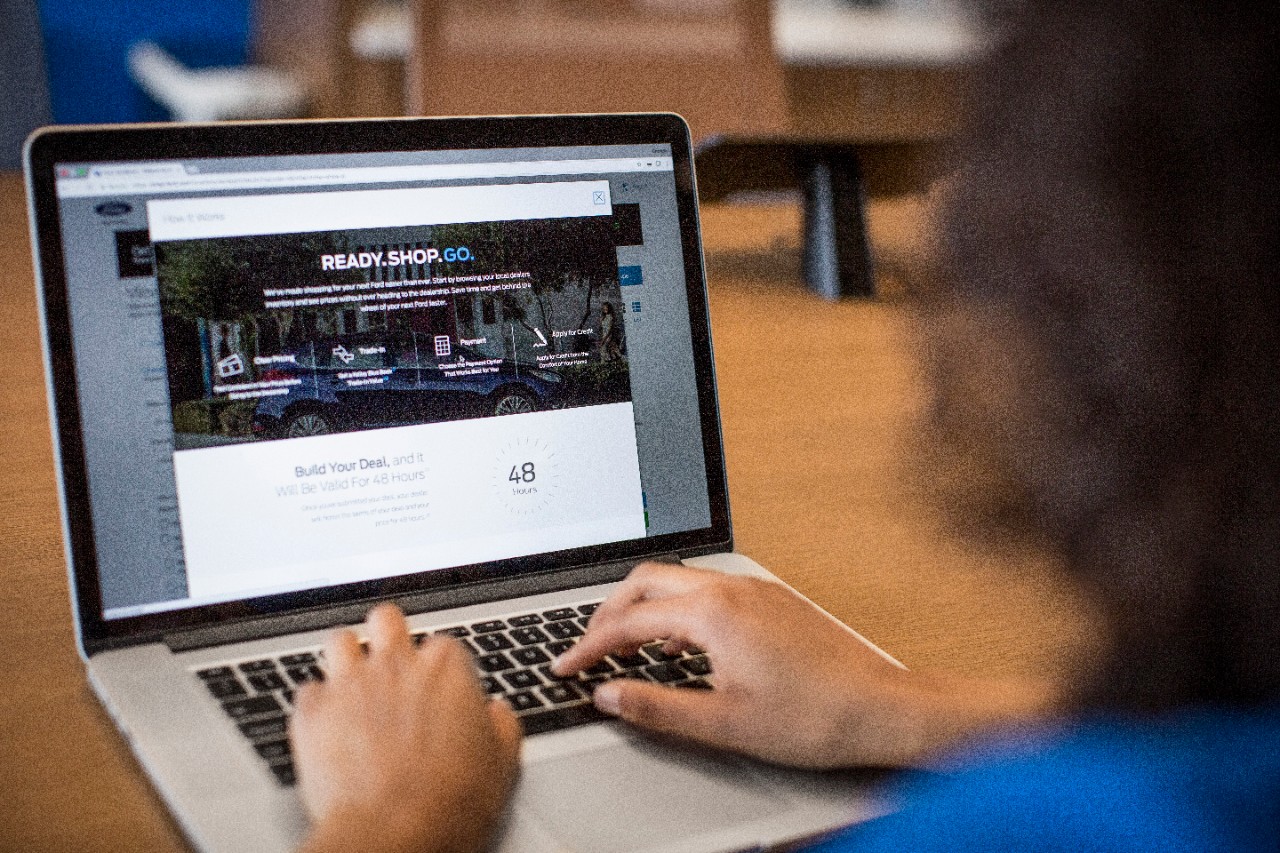Packages and Online Car Shopping

Online shopping platforms aren’t an entirely new concept for OEMs. GM launched the online retailing tool Shop-Click-Drive back in 2013, and, according to a press release from the company, the platform facilitated the leasing or purchasing of 13,000 new vehicles by its first anniversary. Ford debuted its online car-shopping experience Ready.Shop.Go. in 2018, citing growing consumer impatience as a driving force behind the platform.
More recently, the global pandemic has influenced many consumers’ desire to shop online. Multiple OEMs announced new or expanded online shopping platforms in the past year, including Honda, Hyundai, Stellantis and Toyota.
Honda expanded its online shopping capabilities in April of last year with the launch of Shop Simple with Honda and Acura Precision Purchase at select dealerships.
Hyundai launched its Click to Buy program as one of several initiatives meant to increase customer safety and comfort.
Stellantis introduced its Online Retailing Experience (ORE) in the spring of 2020 to help dealers who had to shut down their showrooms due to COVID-19, and, according to the company, more than one-third of its dealers in the U.S. were using the tool within a month of its launch. Then, late last year, Stellantis decided to take its online retailing platform even further, rebranding it as E-Shop and adding several additional features.
Earlier this year, Toyota Motor North America (TMNA) officially released the latest version of its SmartPath retail experience, which the brand piloted in 2019 in partnership with Toyota Financial Services (TFS). Toyota has also made the program available to Lexus customers under the name Lexus Monogram.
These new and/or improved online platforms generally allow customers to do the following from home:
- View what specific dealerships have in stock, or do a general search for a specific make/model/year and see what local dealers have it
- Determine and apply trade-in values if applicable
- Review and select extra features, such as accessories or protection packages
- See and apply available special offers/deals/incentives
- Estimate monthly payments
- Apply for credit/review and select financing options
- Sign paperwork remotely
- Arrange delivery of the vehicle
Aftermarket Shops Weigh In
Josh Poulson, principal of Auto Additions in Columbus, Ohio, says he has gotten some requests from local dealership customers to install small things like hitches or window tint for customers that purchased through an online platform. Generally, though, his dealership customers aren’t offering packages or actively selling accessories to online shoppers.
And, despite dealerships promoting the online OEM shopping platforms, they haven’t really caught on in Poulson’s area, he said. It may be because the pandemic didn’t hit as hard near him as it did elsewhere in the country, but Poulson also believes that it hasn’t taken off yet because it’s an emotional experience.
“Buying a car is very emotional and people get caught up in the moment and they get the excitement,” he said. “And that’s why dealerships try to sell them the first time they come into the dealership. They know that.”
However, Courtney Pahlke of Top Coverage, a Chicago-area restyler, notes that dealerships can benefit more than ever from working with restylers when it comes to these online platforms. Increased price transparency and the lumping together of dealerships on these OEM platforms means dealers will need a way to stand out from their competitors, especially if they are only able to offer OEM accessories at a set price on these shopping platforms.
Top Coverage often creates unique packages for their dealers based on what Pahlke and her team have learned by monitoring social media and joining enthusiast groups. For example, the Top Coverage team participates in an off-road group, allowing them insight into what local off-roaders are looking for—knowledge that dealerships won’t necessarily have.
The packages built with that knowledge are meant to draw attention to the dealership, Pahlke said, ideally turning online traffic into foot traffic, making a potential customer much more likely to purchase a vehicle.
The limited-edition packages can even draw customers in from farther away, Pahlke said. A potential buyer may make the effort to drive out to a particular dealership if it has an exclusive package not available anywhere else, even if a closer dealership has the same model in their inventory.
Pahlke also recommends reviewing the websites of your dealerships and seeing if they are using these online platforms and if they have a separate accessories menu on their website. Some OEMs don’t allow their dealers to offer non-OEM accessories, but if your dealership customers have other options on their website, offering to send them images of accessories you have installed at your shop could be a great way to help them sell more, she said. If you don’t have install pictures available, Pahlke suggests talking to the company that manufactures the accessories. They will often be happy to provide product images.
Pahlke also says to ask your dealership customers how they feel about the online OEM shopping platforms. Do they like them? Are they hurting business?
“It gives you that chance to open the door, to [say] ‘Let’s build a limited edition for your showroom so you could put that on your site and get foot traffic,’” she said, “or, ‘What can I do to help you show accessories? Let’s brainstorm, let’s get creative here,’ and see how you can help your dealership.”



